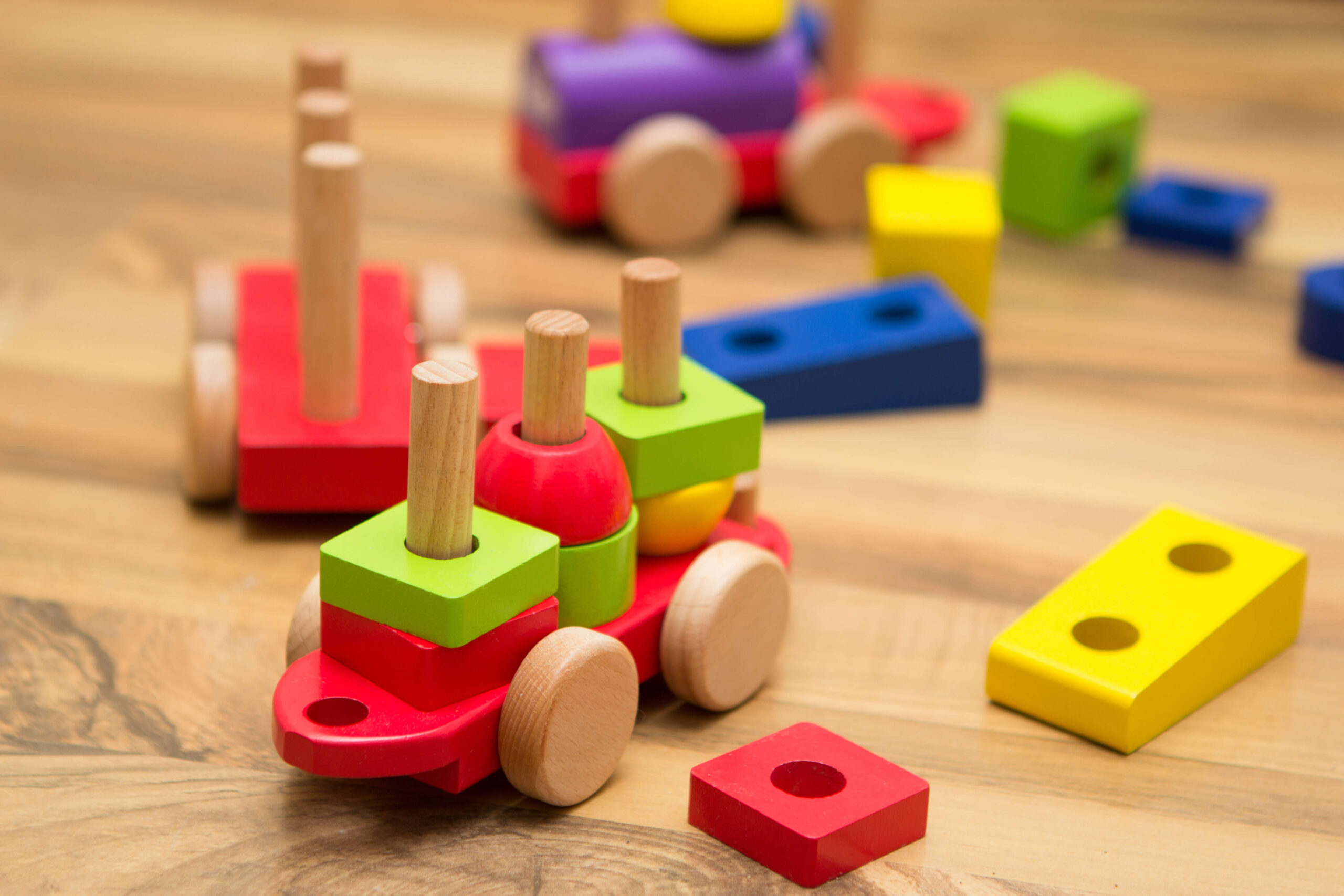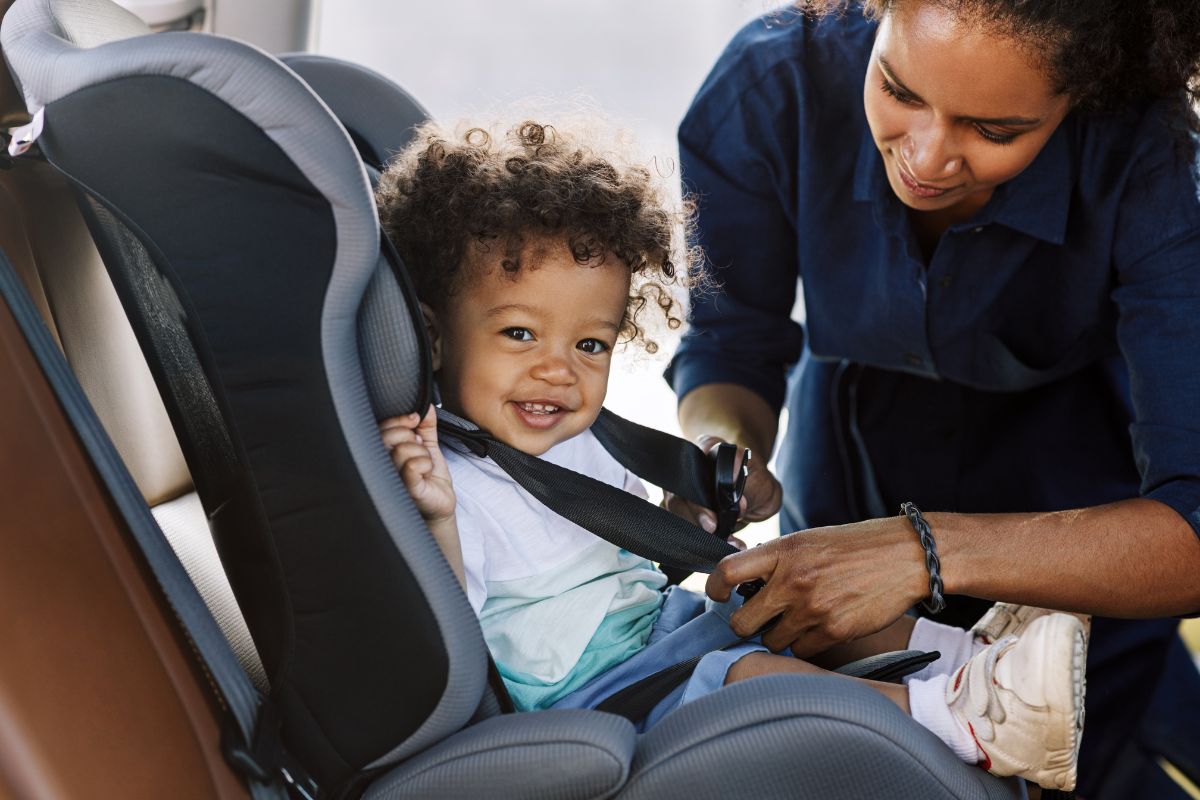In the aftermath of a significant life changing “not at fault” motor vehicle accident, there were many times of darkness, confusion, self doubt and feelings of injustice…. feeling as if I were alone in a dark corner.
Attorney Eric Ryberg and the staff at Habush Habush & Rottier were a bright light in that dark corner. A light to show the correct path out of the darkness. A light to illuminate the pathway to justice, fairness, and common sense in a world where it seems more difficult to find truth and benevolence in all of life’s happenings and experiences.
Truth. Justice. Fairness. Common sense. Genuine. These words are at the core of the structural foundation of the expert legal representation I received from Attorney Eric Ryberg and his team on my behalf. They fought for these things relentlessly…never gave up. They never compromised truth. Never compromised the fight for justice, fairness, or common sense. And because of this, they were able to deliver redemption and justice to the very maximum limit allowed by law.
Never give up. Never settle for anything less than the absolute truth. Never settle for anything but absolute justice. Never settle for legal representation from just any law firm.
Choose Habush Habush & Rottier. Choose Eric Ryberg. Experience the light in the darkness. The light that leads to absolute truth. And uncompromised justice. Light up the darkness.
Paul
Madison, WI




